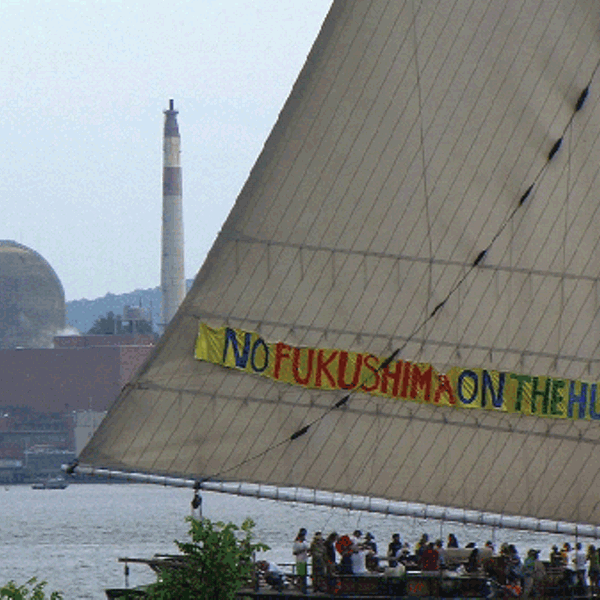We do know that nuclear plants routinely release small amounts of radioactive gases that expose nearby residents to a small dose of radiation—one that the Health Physics Society, which governs radiation measurements, says will probably not increase their risk of getting cancer. We know that elevated levels of radioactive tritium—which gets into water and is easily ingested—have been found downstream from nuclear facilities, and we know that the scientific consensus holds that no amount of radiation is good for you.
But we also know this: 24,000 Americans per year die of diseases related to emissions from coal-fired power plants, which release sulfur dioxide, smog-forming nitrogen, toxic soot, and mercury—not to mention 2.5 billion tons of carbon dioxide annually.
It’s a devil of a dilemma: One source of always-on “base load” power kills people every day. Another kills people only if something goes terribly wrong. And it could.
Accidents Happen
Early in the morning of March 28, 1979, a combination of malfunctioning equipment and inadequately trained workers led to a loss-of-coolant episode at Three Mile Island Unit 2 near Middletown, Pennsylvania. Had workers not finally arrested the disaster 10 hours after it started, the fuel inside the reactor could have melted completely. The partial meltdown and subsequent radiation leak was the worst nuclear accident ever on US soil; in its wake, public support for the technology dropped from 70 to 50 percent, where it remains today. Industry proponents claim that no one died as a direct result of the accident, and in 1990, a Columbia University study found no elevated radiation-related cancer risk in the population near the plant. A later study, though, found a tenfold increase in cancer among the people who lived in the path of the radioactive plume.
Because of Three Mile Island, the night crew performing an ill-advised test at the Chernobyl plant on April 26, 1986, might have been prepared for a loss-of-coolant episode. But they didn’t know enough about the plant they were tinkering with to have an idea what to do when things went grievously wrong. The reactor exploded, and the fire spewed a massive cloud of radiation across Europe.
There are no reactors as fire-prone as Chernobyl in the United States, and reactor safeguards have been upgraded dramatically since Three Mile Island. Emergency core-cooling systems kick in if other systems fail; operators have been trained to respond promptly when something goes awry. But just because what has already happened may not happen again doesn’t mean we should relax: Human error has infinite permutations, and near misses in the last decade have shown just how vulnerable reactors remain.
In March 2002, during a scheduled refueling outage at the Davis-Besse Nuclear Power Station in Ohio, workers discovered that boric acid deposits had gnawed a “pineapple-sized” hole into the six-inch-thick steel cap bolted to the top of the reactor. Had the corrosion gone just a third of an inch deeper, radioactive steam would have flooded the containment dome, and Davis-Besse might have been the next Three Mile Island.
Just as frightening as the near-accident was the way in which Davis-Besse owners FirstEnergy and the Nuclear Regulatory Commission responded: by soft-pedaling procedural flaws and scapegoating plant workers, in particular Andrew Siemaszko, a systems engineer who they claimed had failed to report the corrosion. The NRC has since barred Siemaszko from working in the nuclear industry, and in 2006 he was indicted on five counts of lying to the government and falsifying records. But documents show that Siemaszko repeatedly told his employers the reactor head needed a thorough cleaning. FirstEnergy didn’t complete that job because it was taking too long (keeping the reactor idle was costing the company $1 million a day)—and the NRC delayed a scheduled inspection of the reactor at FirstEnergy’s request.
Watchdog or Lapdog?
The Davis-Besse incident puts into sharp relief a history of regulatory neglect that goes back for decades. The Union of Concerned Scientists (UCS) has counted 47 incidents since 1979 in which the NRC failed to adequately address issues at nuclear power plants—until the troubles got so bad the plants had to be shut down for repairs. In some cases, “the NRC allowed reactors with known safety problems to continue operating for months, sometimes years, without requiring owners to fix the problems.”
















